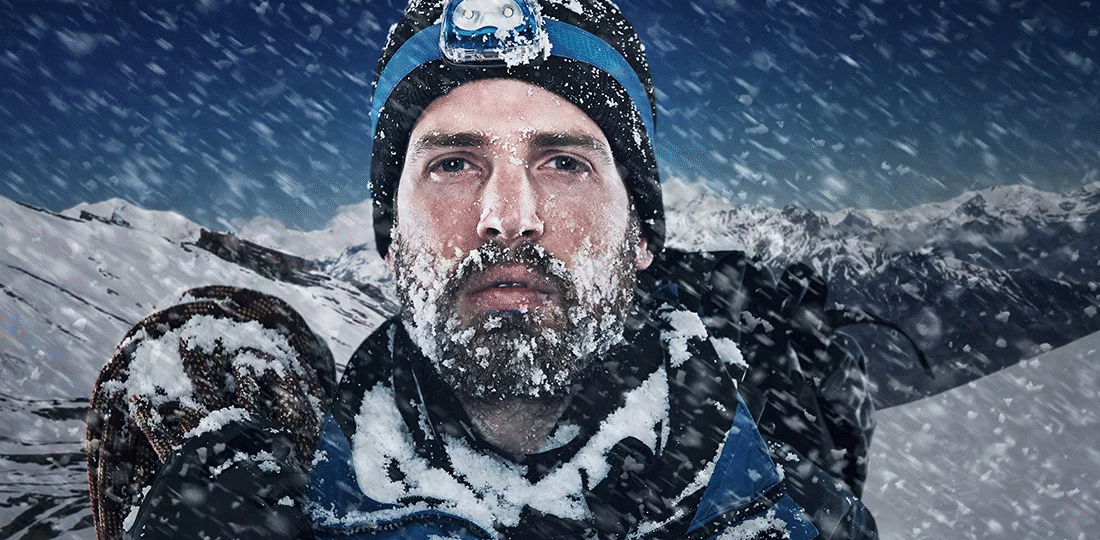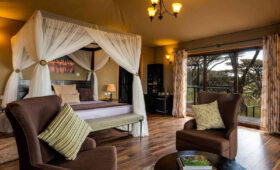How Cold Is It on Kilimanjaro? Layering Guide
How Cold Is It on Kilimanjaro? Layering Guide for Trekkers
If you’re planning to climb Mount Kilimanjaro, one of the most common (and important) questions is: how cold does it get? The answer depends on the route, altitude, time of year, and most importantly, how well you’re prepared.
In this post, we’ll break down the temperatures you can expect on the mountain, plus provide a complete layering guide to keep you warm, dry, and comfortable from base to summit.
How Cold Does It Get on Kilimanjaro?
Mount Kilimanjaro has five distinct climate zones, and the temperature varies dramatically as you ascend:
1. Cultivation Zone (800–1,800m / 2,600–5,900 ft)
Day: 15–30°C (59–86°F)
Night: 10–20°C (50–68°F)
Warm and humid—shorts and t-shirts work here.
2. Rainforest Zone (1,800–2,800m / 5,900–9,200 ft)
Day: 15–25°C (59–77°F)
Night: 8–12°C (46–54°F)
Expect mist, rain, and mud—light waterproof layers are ideal.
3. Moorland Zone (2,800–4,000m / 9,200–13,100 ft)
Day: 10–20°C (50–68°F)
Night: 0–10°C (32–50°F)
Cooler days and cold nights—layers are essential.
4. Alpine Desert Zone (4,000–5,000m / 13,100–16,400 ft)
Day: 5–15°C (41–59°F)
Night: -5–5°C (23–41°F)
Dry air, strong sun, cold nights—insulated layers needed.
5. Arctic Summit Zone (Above 5,000m / 16,400 ft)
Day & Night: -5 to -20°C (23 to -4°F)
This is where the real cold hits, especially on summit night (midnight to sunrise). Wind chill can make it feel colder than -20°C (-4°F).
Kilimanjaro Layering Guide
The key to staying warm and safe is layering, wearing multiple layers that you can add or remove as needed.
Base Layer (Moisture-Wicking)
- Thermal top and bottom (synthetic or merino wool)
- Wicks sweat and keeps you dry
Mid Layer (Insulation)
- Fleece jacket or lightweight down
- Keeps your core warm
Outer Layer (Shell)
- Waterproof, windproof jacket and pants (Gore-Tex or similar)
- Protects against wind, rain, and snow
Summit Layer
- Heavy down jacket (essential for summit night)
- Thermal gloves, balaclava, and neck gaiter
- Insulated trekking pants
- Extras
- Warm hat (covers ears)
- Sunglasses (for snow glare)
- Hand & toe warmers (optional, but helpful)
What About Sleeping Temperatures?
At higher camps like Barafu, Kibo, and Kosovo, nighttime temperatures regularly dip below freezing. A good quality four-season sleeping bag (rated to -10°C or 14°F or lower) is essential, Mandari Travel provides rental options if needed.
Pro Tips from Mandari Travel Guides
- Layer smart: Avoid cotton; it traps moisture and chills you.
- Stay dry: Wet clothes = cold body. Waterproof gear is a must.
- Don’t overdress early: You’ll warm up as you hike.
- Hydrate: Even in the cold, hydration helps with warmth and altitude.
Stay Safe and Comfortable with Mandari Travel
Our expert guides at Mandari Travel will help monitor your health, layering, and comfort every step of the way. We provide packing lists, gear rental, and pre-climb advice tailored to the season you’re trekking in.
Got Questions? Contact Us!
Email: info@mandaritravel.com
📞 Call/WhatsApp: +255 750 900 811
We’re happy to help you prepare for one of the greatest adventures of your life.
Request a Gear List or Quote
Planning your Kilimanjaro trek? Use the form below to request a free quote or recommended gear checklist.




